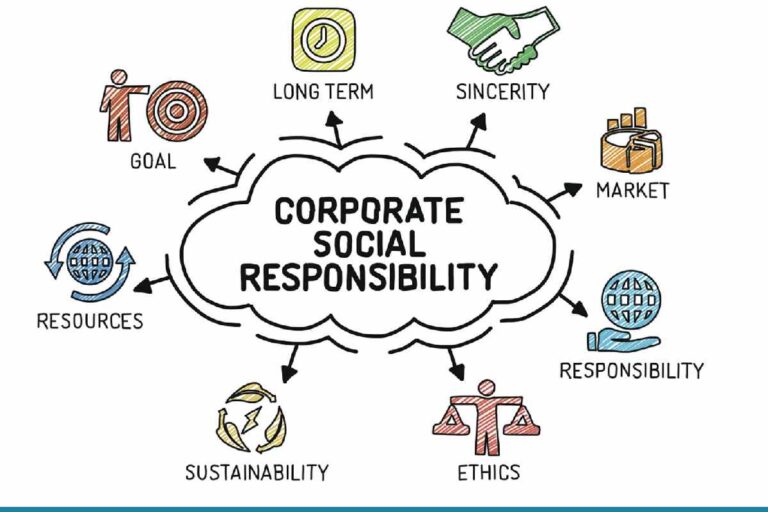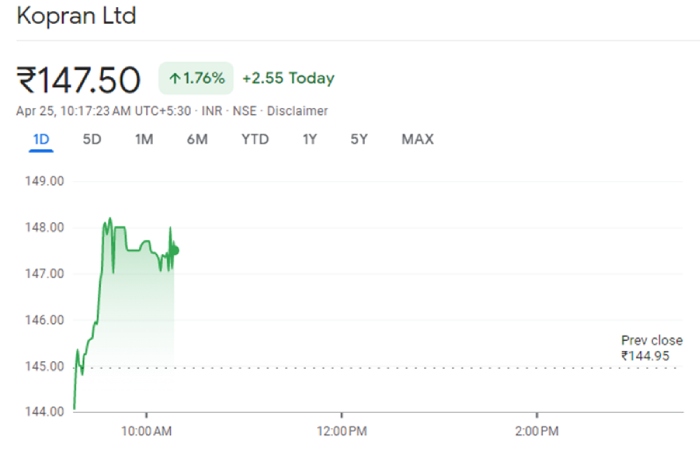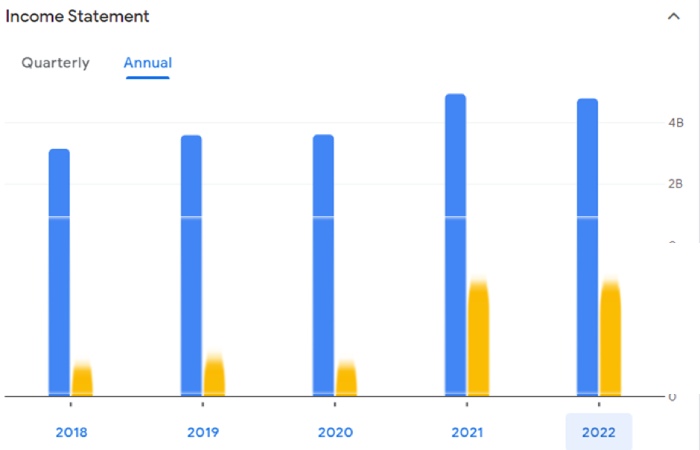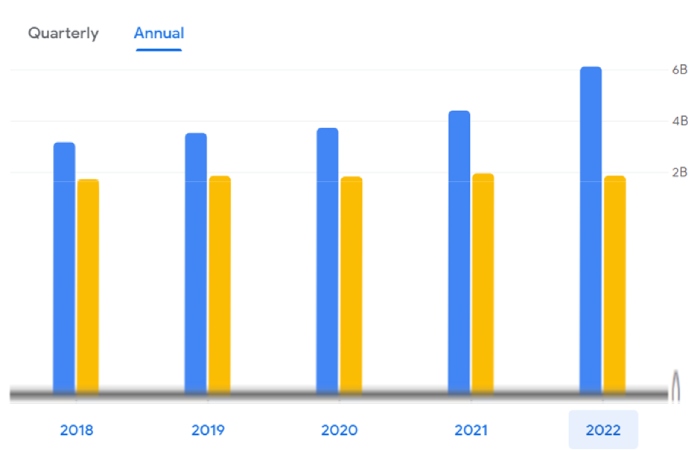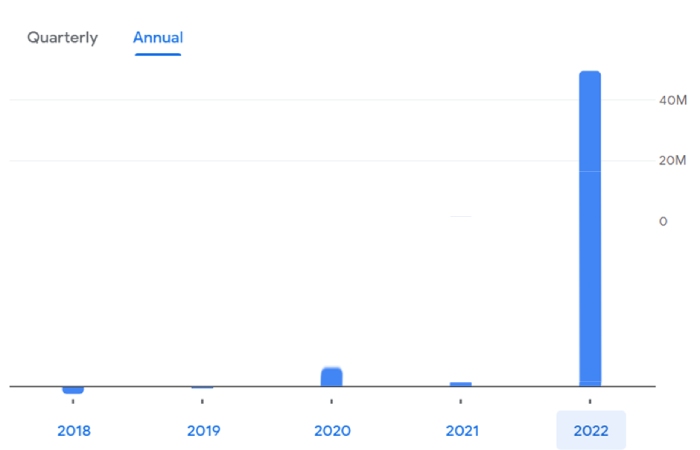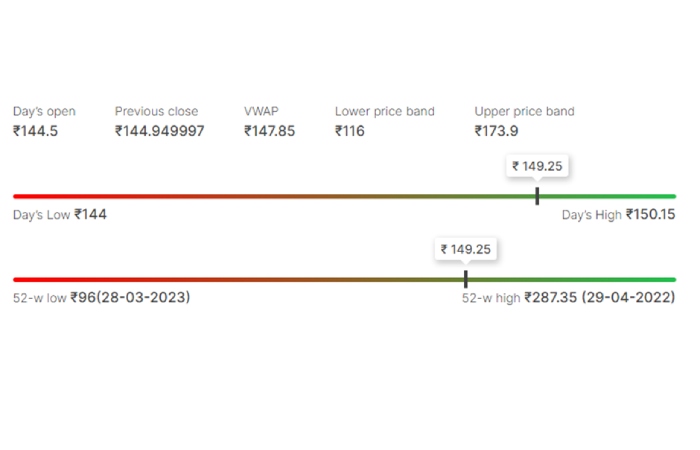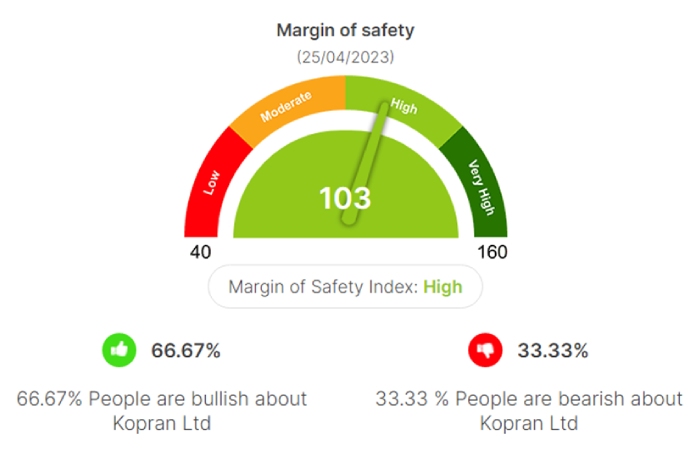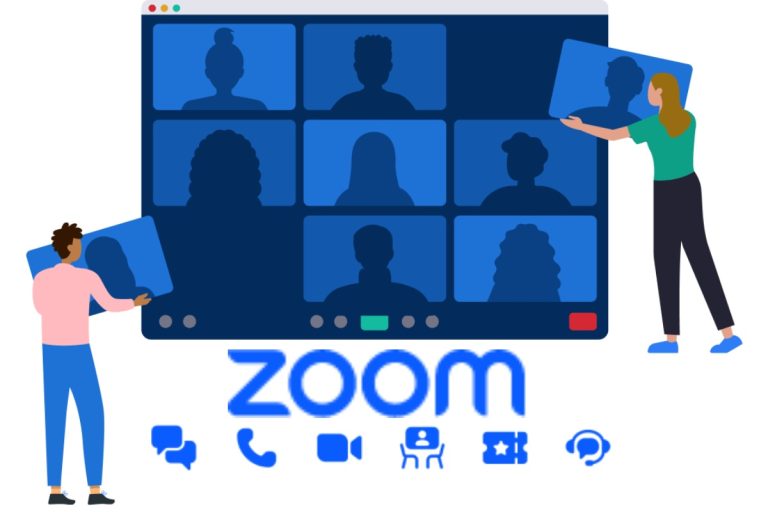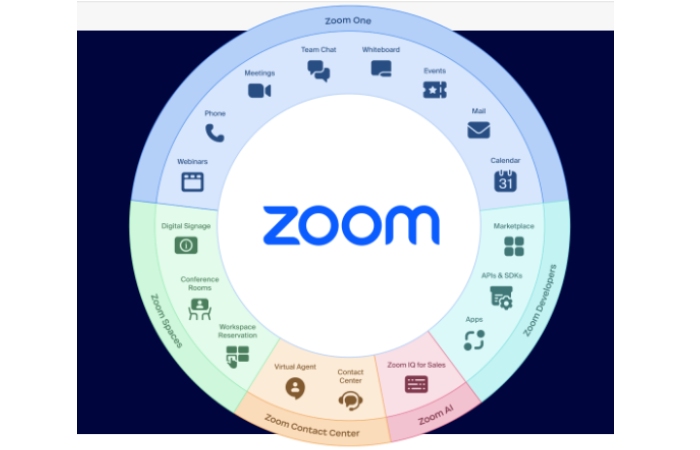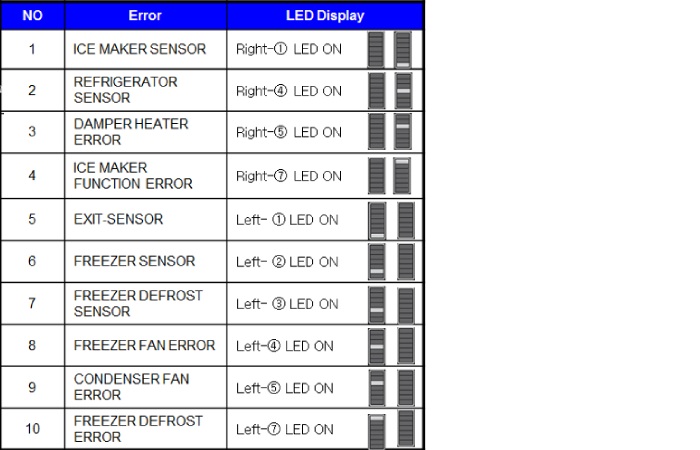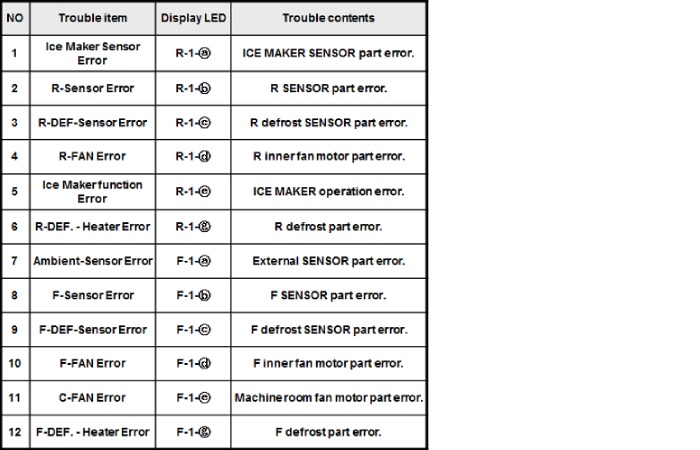Corporate Social Responsibility (CSR) has become a cornerstone of current business strategy. It’s not just about philanthropy or marketing; it includes a range of actions that companies take to ensure their operations are ethical, sustainable, and beneficial to all stakeholders. A significant aspect of CSR is energy choice. This article explores the intricate relationship between energy choices and CSR goals, offering insightful perspectives for businesses aiming to balance profit with purpose.
Table of Contents
The Importance of Energy Choices in CSR
The energy choices a corporation makes can have far-reaching implications for its CSR initiatives. From reducing carbon footprints to ethical sourcing, energy decisions affect various aspects of a company’s reputation and operational effectiveness. Adopting sustainable energy can also reduce long-term operational costs, providing both environmental and economic benefits.
Collaboration with Energy Providers
Another significant aspect of aligning energy choices with CSR is collaborating with energy providers and stakeholders. By building partnerships with renewable energy suppliers, companies can access customized energy solutions that meet their specific needs. Additionally, such collaborations can lead to joint innovation efforts, driving advancements in sustainability technologies and practices.
Tailored Solutions
For businesses looking to explore tailored energy solutions, https://TexasElectricBroker.com offers valuable services that can aid in finding appropriate energy plans tailored to corporate needs. This can complement broader CSR initiatives by ensuring energy sourcing aligns with sustainability goals.
Employee Engagement in Energy Initiatives
Employee engagement is fundamental for the successful implementation of energy-related CSR goals. Companies should educate and involve their workforce in sustainability initiatives, encouraging them to contribute ideas and practices that enhance energy efficiency. This not only helps in achieving CSR objectives but also fosters a culture of sustainability within the organization.
Renewable Energy: A Perfect Fit?
Switching to renewable energy sources such as solar, wind, or geothermal is often viewed as a definitive CSR strategy. Renewable energy sources provide a sustainable alternative to traditional fossil fuels, reducing greenhouse gas emissions and reliance on non-renewable resources. However, companies must consider the logistical and financial implications of such a switch, as not every renewable solution suits all operational needs.
The Role of Government and Policy
Government policies and regulations play a significant role in shaping corporate energy choices. By staying informed and compliant with evolving energy regulations, companies can ensure they align with national and international sustainability standards. Engaging in policy advocacy can also help businesses influence favorable regulatory changes that support CSR and sustainable energy adoption.
Energy Efficiency: The Unsung Hero
While switching to renewable energy is vital, improving energy efficiency often offers more immediate benefits. Energy-efficient technologies and practices can lead to substantial reductions in energy consumption and costs. This includes everything from upgrading to LED lighting and efficient HVAC systems to optimizing manufacturing processes and encouraging energy-saving behaviors among employees.
Case Studies: Learning from the Leaders
Several companies have successfully aligned their energy choices with CSR goals. For example, leading tech firms have invested heavily in renewable energy projects and have committed to carbon neutrality. By analyzing such case studies, other businesses can glean valuable insights and strategies for their own energy transitions.
Corporate Governance and Energy Policies
Effective corporate governance is important for aligning energy choices with CSR goals. This involves setting clear policies and frameworks that prioritize sustainable energy use. Companies must engage stakeholders, including employees, shareholders, and the community, in these policies. Transparency is key; regular reporting and assessments can help track progress and ensure accountability.
The Road Ahead
The relationship between energy choices and CSR goals is dynamic and continually evolving. Companies must remain agile and informed, keeping abreast of technological advancements and regulatory changes. Collaboration and knowledge-sharing within industries can drive collective progress, helping organizations achieve their CSR objectives more effectively.
Creative Approaches to Energy Management
Innovation plays a major role in bridging the gap between energy consumption and CSR. Smart grids, energy storage solutions, and advanced energy management systems enable companies to optimize their energy use dynamically. These technologies allow for better integration of renewable energy sources and improve overall energy resilience.
Conclusion
Aligning energy choices with corporate social responsibility goals is a multifaceted challenge, but it’s one that offers tremendous rewards. By making informed, strategic decisions on energy use, companies can bolster their CSR credentials, improve efficiency, and make a tangible impact on the environment. As we move towards a more sustainable future, the energy decisions we make today will play a pivotal role in shaping the world of tomorrow.

